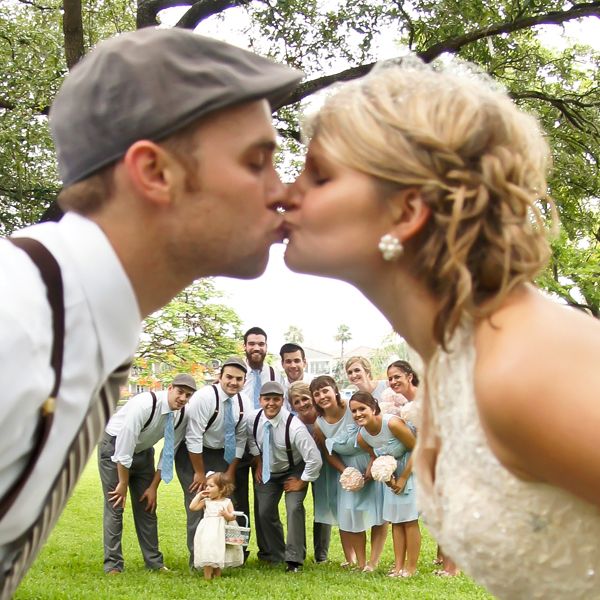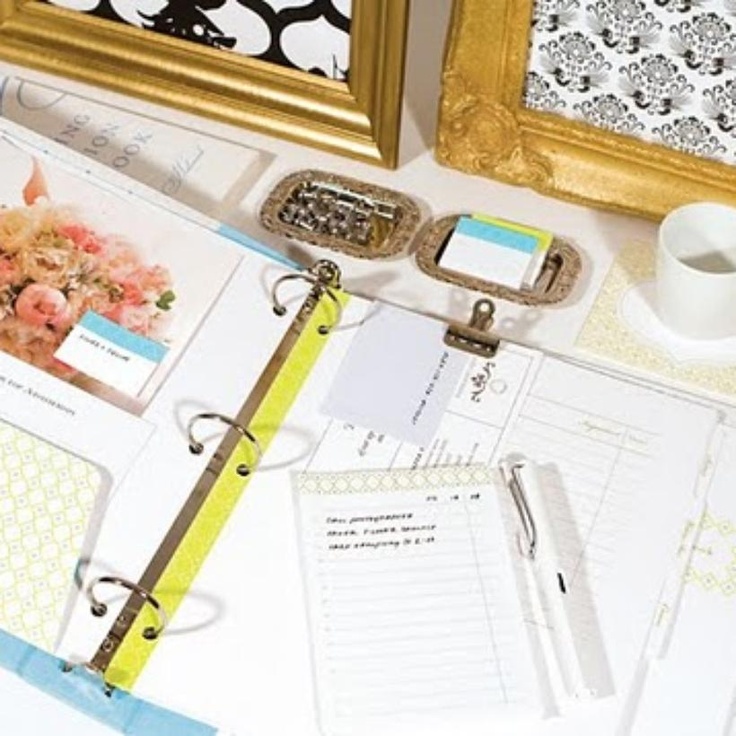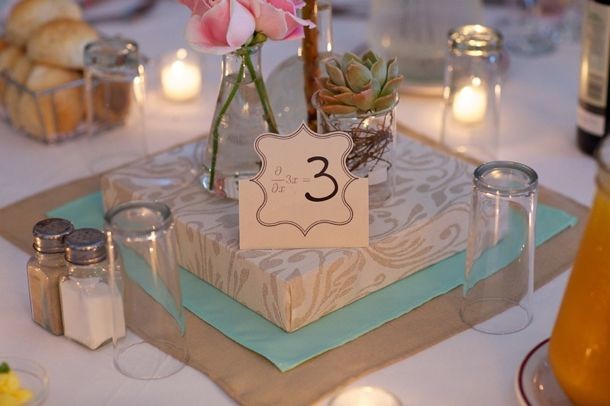
Coming up with a shared vision or set of priorities is what successful couples do to stay connected, stay on track and to save money. The couples who take the time to do this enjoy the process much more than those who don’t. Period.
Sometimes it is difficult to know where to start, so I’ve put together a series of questions for you to consider. Once you have gone through all of the questions, it will be much easier to start putting together your final wedding vision.
Download a copy of the worksheet by clicking the link. Setting Your Priorities Worksheet
All venue associated costs (including guest count) can amount to as much as 50% of your overall wedding budget, so it’s important to identify the most important aspects. These include your ideal venue settings, the number of guests, the type of reception, your entertainment options, your food and beverage wants and needs, etc.

Photo Credit
The size of your wedding party also paints a picture about who you are. It is important to identify what you would like in regards to attendants, flower girls and ring bearers.

Photo Credit
How you rate the importance of certain vendors helps identify your biggest wants, needs and would like to haves. Make sure you go through this section and really think about what’s important.

Photo Credit
Your budget is obviously a critical factor, but how important is getting what you want versus staying absolutely on target?
Lastly, your personality will play a role in how you go about the wedding planning process. Answer the questions in this section as honestly as possible so that you can really look at your options.

Photo Credit
Download the worksheet here. Setting Your Priorities Worksheet
If there is something I have forgotten, or if this helps you – please let me know in the comment section below!
Here’s to a fabulous wedding~
Lori ♥
.
Contrary to popular belief that the wedding industry dreamed up these little treats to rake in even more profits – the truth is that the tradition started long ago!
In fact, it began in the courts of the European Nobility. Sugar cubes and sugared morsels were given as gifts at weddings during a time when sugar was not only expensive, but hard to come by. Frankly, it was a way for the well-connected and uber rich to show off to the less well-off!
As with most things, sugar eventually became more readily available and less costly so the tradition spread. It became customary in many circles to include sugar and in fact the list of offerings grew!
The lower classes included nut as a snack (think historical popcorn) for guests to enjoy during the ceremony and eventually sugar and nuts were combined into the ever popular Jordan almonds we see today.
In fact, we have the nobility of Europe to thank for this additional hit to our wallets. It was born out of the desire for the rich to appear well-to-do, so sugar cubes and sugared morsels were given away as an expensive delicacy at a time when sugar was expensive and hard to come by.
Well folks, it looks like we have the nobility of Europe to thank for this extra expense.Sometime between the 16th and 18th century, it became common practice for the rich to hand out sugar cubes and sugared morsels at weddings. Giving away these treats were a great way for these people to show off, since sugar was an expensive delicacy at the time.
When sugar went mainstream, the not-so-rich were able to afford it and began to give it away on their wedding days too. As the tradition grew, other little gifts became part of the package, in particular almonds. Sometimes guests at lower-class weddings would be given the nuts at the beginning of the day so they could snack on them throughout the celebration. As time passed, the sugar and almonds were combined to create what we now know as jordan almonds. A single jordan almond was symbolic of the bitter and sweet sides of married life, while five nuts were symbolic of fertility, longevity, wealth, health and happiness for the bride and groom.
Favors have always been considered a token of thanks, but back in the 19th century, the gifts were also thought to be lucky. Instead of leaving the favors on a table for guests to take as they left, the bride and groom would customarily gift the favors by hand, personally passing on a bit of their married bliss. Maybe we should start this up again! Everyone could use a little luck on their side 
Listen, if you can’t afford a favor or just don’t want to do them – that is entirely up to you! Even if you aren’t opposed to the idea but want to do something a little different you can do that too.
One of my couples had a charity very near and dear to them but in addition to a donation to the charity in lieu of wedding favors, they took it a step further. They incorporated a gong (but a loud bell would work too) and everytime a guest wanted them to kiss – they had to hit the gong and donate money – all of which went to the charity! Trust me – the guests loved it and over $1,000 was raised!
hey are by no means mandatory. So if you can’t afford something you really like, just let ’em go. Your guests won’t even notice. But there are a few wedding-favor ideas that can be pulled off on the cheap. Get two things for the price of one: Your florist can design breakaway flower centerpieces, so each guest can take home a tiny bouquet of flowers or a pretty plant. And some of the most guest-pleasing favors—a sweet little bag of candy, tiny packets of flower seeds—are also some of the least expensive. Lastly, some brides opt for making a donation to their favorite charity, and print up cards that read: “In lieu of a favor, a donation has been made to the ASPCA.” You’ll help out a good cause with the money spent, and your guests will be touched by your generous spirit.

Do you want fabulous centerpieces at your wedding but you just don’t have the budget? Think again, these stylish but cost effective wedding centerpiece ideas are sure to WOW your guests while safeguarding your wallet!

This image is one of a set of centerpieces used at this beautiful science filled wedding. The couple found vases that looked like science beakers and incorporated formulas for the table numbers.
Tip 1. Group containers of different shapes, sizes and heights, each holding a different flower for a better display
Tip 2. The takeaway here is that centerpieces do not have to be identical on every table. In fact, it is more visually appealing to create subtle differences in the design components throughout the room.
Tip 3. Incorporate colour and texture as this couple have done with fabric. Layer napkins or fabrics and wrapped boxes for additional height and to fill up space in the center of the table

Tip 4. Keep your colour palette consistent throughout your design. The colour of the succulents is picked up in the stems and greenery of the flowers.
Tip 5. The last but oh so important detail is that by using really large blooms like these protea flowers, you can cut back substantially on flowers!

Put these tips to work for you and you’ll hear nothing but the sweet sound of oohs and aahs!
Lori ♥
• Photography: Illuminate Photography
• Flowers: The Rose Café
• Science Glassware: Science World
.












